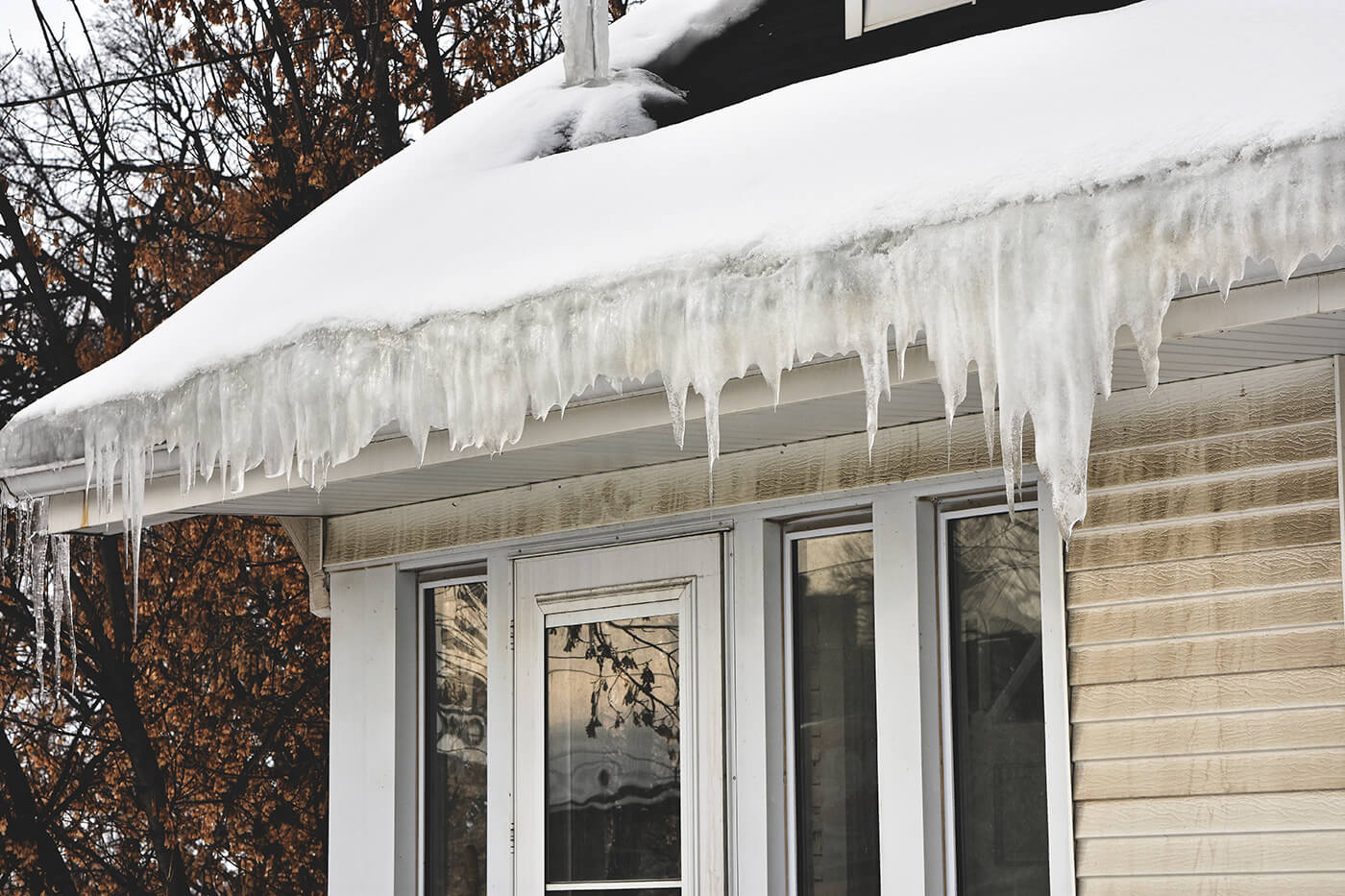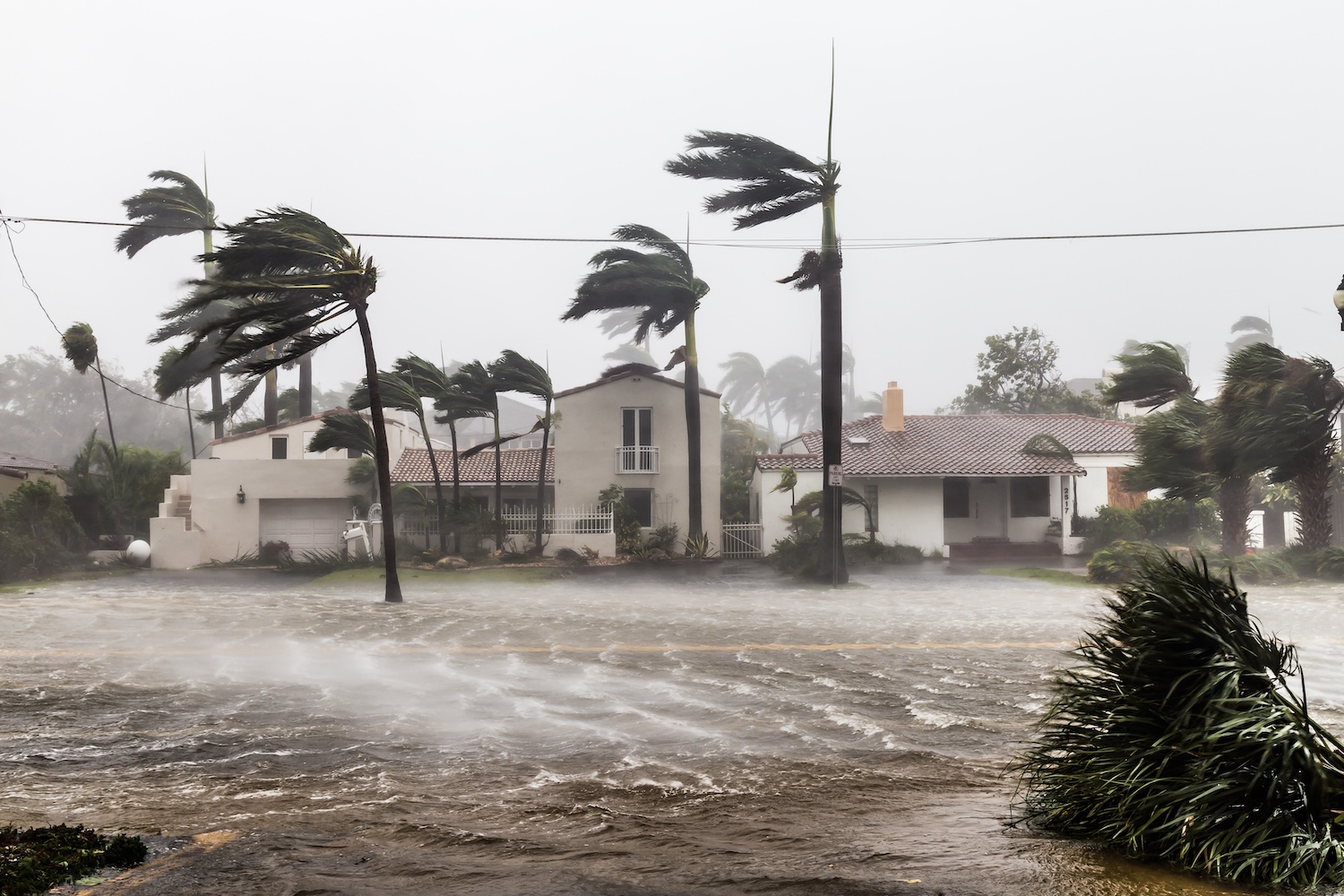We do love our pets but not their accidents. Finding a stain on your carpet or furniture is a troublesome issue, but it’s also a reality of being a pet owner. Fortunately, there are ways that you can eliminate pet stains. Let our sanitization and odor removal experts at Pur360 give you a few suggestions.
Why Are Pet Stains Hard to Clean?
The big three of pet stains are feces, urine and vomit. Though they’re not very pleasant subjects, they’re worth discussing. These are the most difficult stains to clean, even worse than red wine. The reason that pet stains are especially challenging is that they contain substances from the body, such as bile, as well as very strong odors. In order to properly clean a pet stain, you need to remove the discoloration and the odor. Here are our top 10 tips for removing pet stains from upholstery and carpeting.
1. Don’t Scrub
Typically, out of pure frustration and determination, homeowners use a scrubbing action to remove pet stains. Carpeting and upholstery are very different from hard surfaces. Scrubbing actually makes the stain go deeper into the fabric and sets in into the fibers. When you are cleaning pet stains, gently blot the area with a clean cloth. Don’t put any pressure on the area as this will have the same effect as scrubbing.
2. Remove as Much Liquid and Solid Waste as Possible
Whether you are facing a stain from urine, feces or vomit, the first step is to always remove as much of the liquid and solids as possible before you start the cleaning process. For urine, use a clean cotton rag and dab the area. You want to turn the rag after each dab so that you use a clean area of the cloth each time.
For feces, diarrhea and vomit, use a clean cotton rag or paper towel to remove the solids. Make sure that you don’t smear the waste or push it into the fabric. Once the solid waste is removed, use a cotton rag to dab up the liquid. If you don’t have cotton rags or paper towels, use an old newspaper. Place several layers over the area and stand on the newspaper to absorb the liquid.
3. Start With Water
Once the majority of the solid and liquid waste has been removed, spray the area with clean water. Don’t oversoak the area because this will also soak the stain into the fabric and underlying layers. The technique is to lightly spray the area with water and then dab it with paper towels or a clean rag.
4. Use a Carpet Cleaning Product for Pet Stains
If you have taken your time and followed the steps thus far, much of the stain will have been removed. You can use a carpet cleaning solution to remove any remaining odor and staining.
We recommend that you use products specifically designed for pet stains. They typically contain enzymes that break down the stain and odors. Getting rid of the odor is important because pets tend to return to the same areas to relieve themselves. Follow the steps you did with the water. Spray lightly, dab and repeat.
5. Clean Your Carpets Often
Cleaning your carpets helps to remove any residual odors and stains as well as dust, pet hair, dirt and other materials that make your carpeting and furniture look dingy. You can rent a carpet cleaner from your local hardware or grocery store, or you can buy one for a relatively affordable price. We recommend a light cleaning every month if you have heavy pet and foot traffic. Otherwise, you should clean every three months.
6. Choose the Right Type of Carpet Cleaner
Steam cleaners are not necessarily the best option for urine stains. The heat from the process tends to set the discoloration and odor into the fibers of the carpeting and upholstery. Urine stains are best dealt with by hand and with light cleaning from a machine that does not use steam. Also, make sure to choose a high-quality neutralizing cleaning solution. If you aren’t sure about the best type of machine and cleaning solution, or if you feel uncomfortable cleaning your own carpets, the experts at Pur360 can help.
7. Spot Clean
After you clean your carpets with a machine, check the area again to determine if the stain is still visible. Also, put your nose near the area to see if you can still detect an odor. If you can see or smell the stain, use the same carpet cleaning solution to do some more spot cleaning.
Lightly spray the solution on the stain, and dab with a paper towel or cotton rag. Dried stains can be more difficult to clean. If you are dealing with an old stain, we recommend that you allow the carpet cleaning solution to sit for a few minutes before dabbing it up. Check the paper towel or rag to see if you notice any color from the stain. If there is no color, this indicates that your cleaning is working well.
8. Don’t Use Ammonia or Vinegar
One of the most common household tips that we hear about is using vinegar or ammonia to clean pet stains. Even though this may remove the stain and odor, the smell from these products actually attracts your pet back to the area for scent marking with urine. Both male and female cats and dogs scent mark.
9. Replace the Padding and Filling
Unfortunately, even the best pet stain cleaning practice is not perfect. There are many times when the liquid from the urine, feces, diarrhea or vomit soaks down into the carpet padding or furniture filling. In these cases, it is best to have the padding or stuffing replaced. Even if the stain is not visible, the odor will grow stronger over time.
10. Practice Patience
The best tip to follow when dealing with pet stains is to be patient. First, be patient with your pet. These are accidents and not intentional. Take a deep breath, and everything will work out fine.
Second, go slow with the initial cleanup of the solids and excess liquid. A light cleaning of the carpet and fabric is recommended because you want to avoid helping the stain soak into the padding and filling. If you do have to replace the carpet padding or furniture filling, make sure to find a company that can do the job right.
Learn More Tips for Pet Stains
At Pur360, we specialize in removing the most challenging odor and mold problems for homeowners. Our services include mold testing and removal as well as odor removal. If your mold or odor problem is severe and beyond treatment, we also offer removal and replacement services for carpeting and drywall. We can even take care of mold and odors in your attic. To learn more, call us today to speak with one of our experts or schedule an appointment with a technician.



